An acknowledged expert in instrument acoustics, he was 75 years old
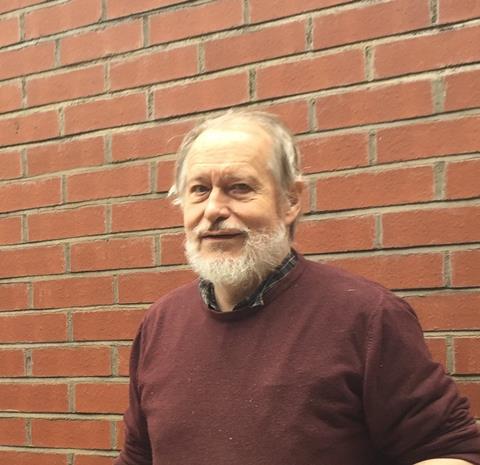
The British luthier, gut string maker and acoustics expert George Stoppani died on 25 December at the age of 75. He was a regular contributor to the Oberlin Acoustics Workshop, organised annually by the Violin Society of America, as well as the Villefavard acoustics workshops in France, and in research projects at the Bilbao violin making school in Spain. He presented many papers at conferences around the world and was tireless in his enthusiasm for passing on his knowledge to other makers. He wrote software for modal analyses on stringed instruments, and made it freely available for violin makers to test their own instruments.
Born in 1949, Stoppani studied literature at the University of York. He soon turned to instrument making but was unable to afford tuition at the London College of Furniture. Instead, he lived in a series of farmhouses, supporting himself by working on the farms and making classical guitars and a lute. In around 1977 he began an association with Northern Renaissance Instruments in Manchester and made a large number of period instruments before turning his attention to modern ones. He was inspired to create his own brand ‘Real Guts Strings’ after realising the difficulty of finding historically appropriate strings for his own instruments.
‘George’s contributions to the technology of measuring violin response have been remarkable,’ said Cambridge physicist Jim Woodhouse. ‘He taught himself to program and then developed freely available measurement software that, from the maker’s perspective, is far superior to commercial codes.’
Among Stoppani’s contributions to The Strad were articles about the strings used on a c.1600 Brothers Amati five-string cello, and an account of a 2017 experiment at the Bilbao School to record acoustic changes in a series of almost-identical violins. His last article was an acoustic analysis of the 1713 ‘Boissier, Sarasate’ Stradivari violin in the January 2024 issue.
Read: Analysing the ‘Boissier, Sarasate’: Stradivari à la mode

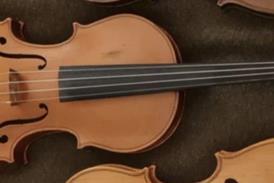
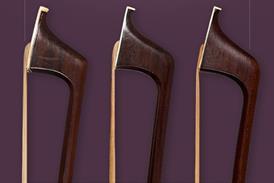

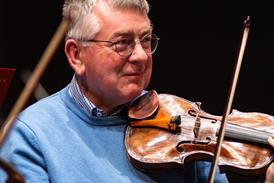

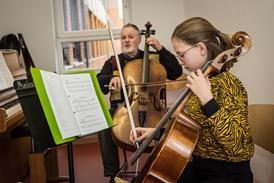
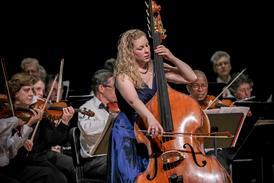

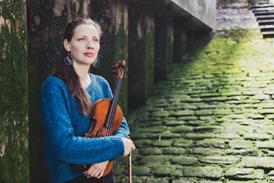

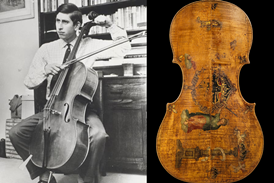
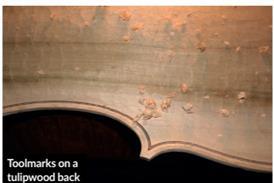

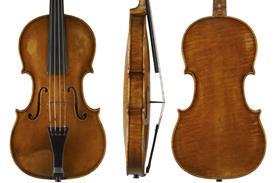
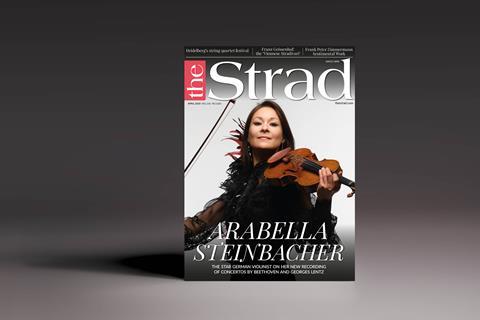


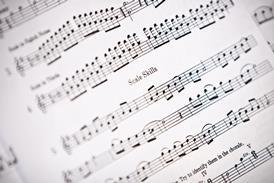
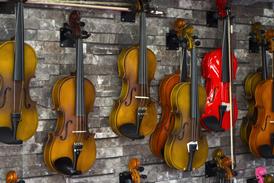
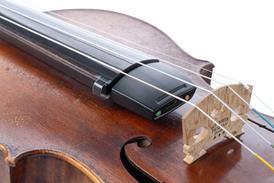
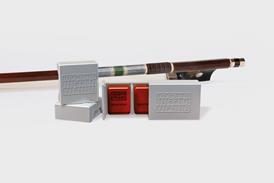
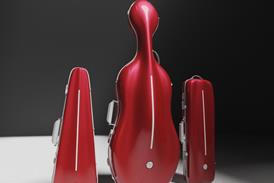












No comments yet